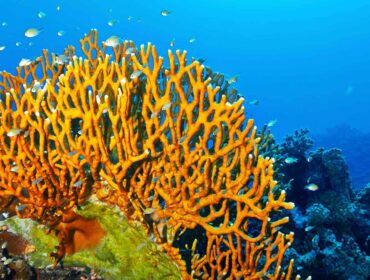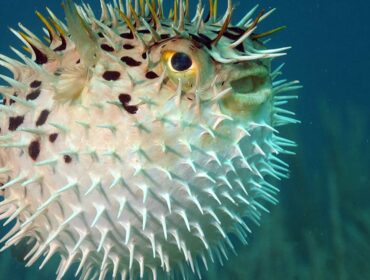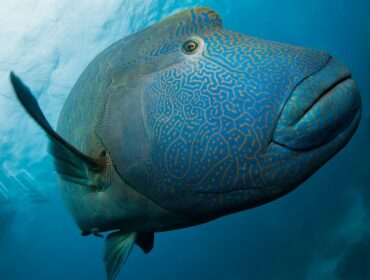While Scuba Divers are naturally curious of their underwater environments and are better than most at being able to correctly spot and identify various underwater creatures and marine life, here are a couple of popular coral identification misconceptions popular among scuba divers.
Sponges are not Coral
While superficially coral and sponges look like they have a lot in common, both are entirely different organisms. Sponges are highly simple organisms that have no tissues and instead have hard protrusions that make up its body known as spicules. Sponges have tiny pores all over its body lined with flagellated cells. The sponge takes in water through its pores, and the flagella absorb the food particles and then eject the excess water out again through the pores. Sponges have no distinct circulatory, respiratory or digestive systems; instead it relies entirely on the circulation and flow of water flowing through them. This is perhaps the primary difference between coral and sponges. Think of a sponge as a collection of lazy creatures that do nothing but keep their mouths open hoping that the current will bring by a tasty treat!
Some highly popular sponges that are instantly recognizable by scuba divers are the tube sponge and the barrel sponge.
In relation to sponges, coral are more complex organisms, that live together to form what we know as a coral head. Coral comprise of polyps which are multicellular organisms that feed on different things from plankton to small fish. The polyps excrete a calcium carbonate hard shell around itself which forms the coral structures we recognize. Coral are more closely related to jellyfish or anemones and can have stinging cells and tentacles capable to capturing even a small fish, however coral also depend upon symbiotic algae for nutrition and this algae gives coral its color.
Anemones are not a type of Soft Coral
Another popular misconception among Scuba Divers is that Anemones are a type of soft coral. While we can’t blame a person for thinking so especially since there are several species of soft coral that look so much like Anemone Sea. Anemones are also more closely related to coral and jellyfish than they are to sponges.
Anemones are cniderians like jellyfish. They are all fleshy and can sting. While coral comprise of colonies of several cellular organisms with rich calcium shells, anemones are a single organism, and not a colony of several polyps. Anemones are predatory, do not cover themselves with calcified armour, but rely on their stinging cells for defence. Anemones have a single mouth in their centre with several stinging tentacle like protrusions known as cnidocytes. Unlike coral sea anemones can move, though not very fast, and prefer to spend most of their lives in one place, they are able to move three or four inches an hour.
Some popular easily identifiable anemone are the Bubble Tip Anemone, long tentacle anemone and the saddle anemone.




